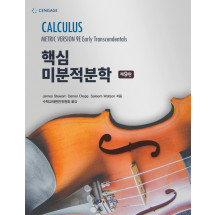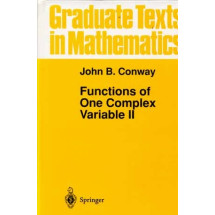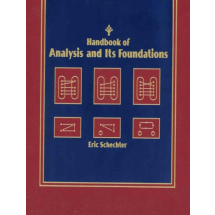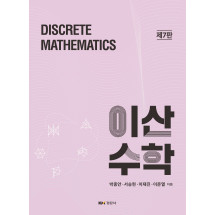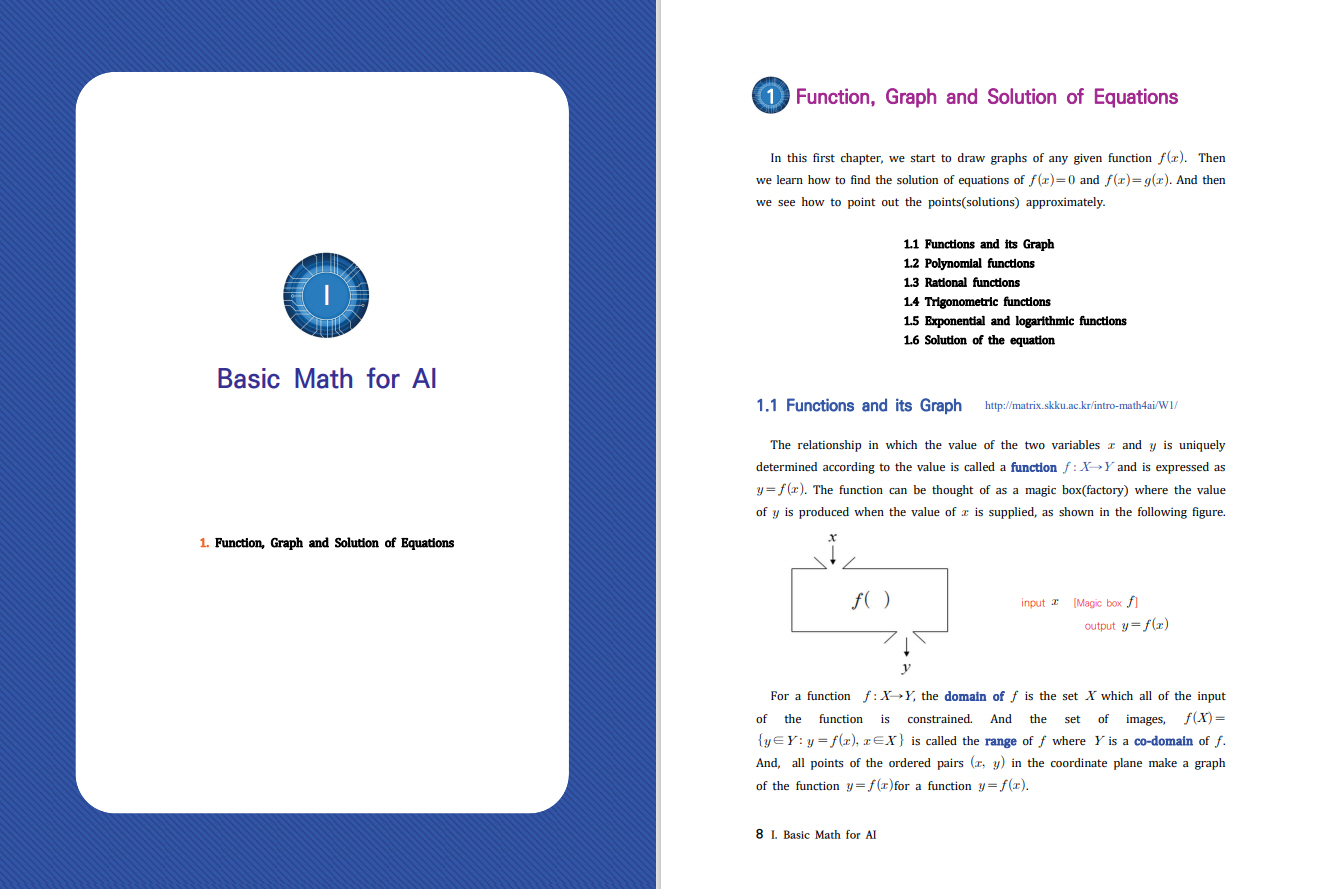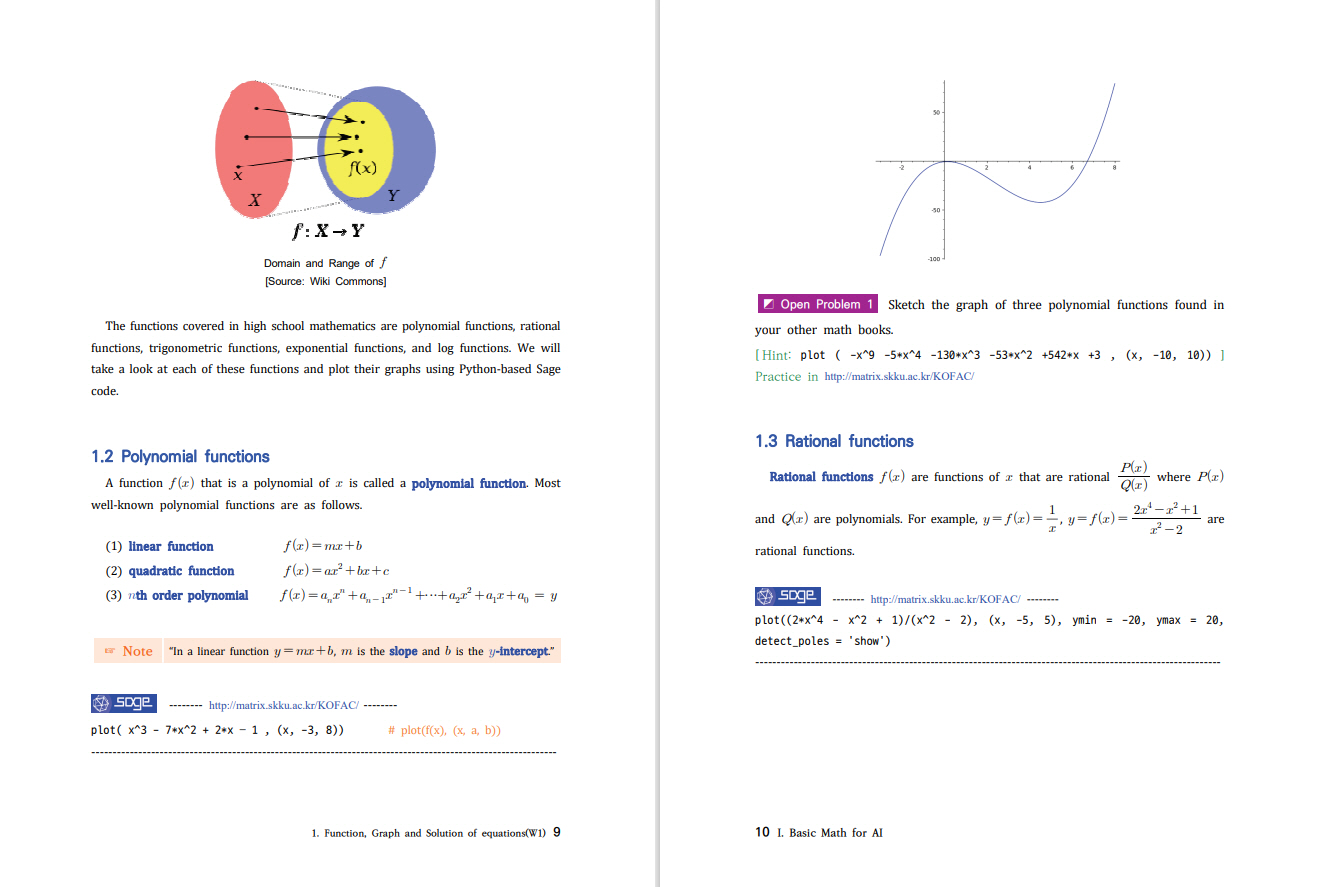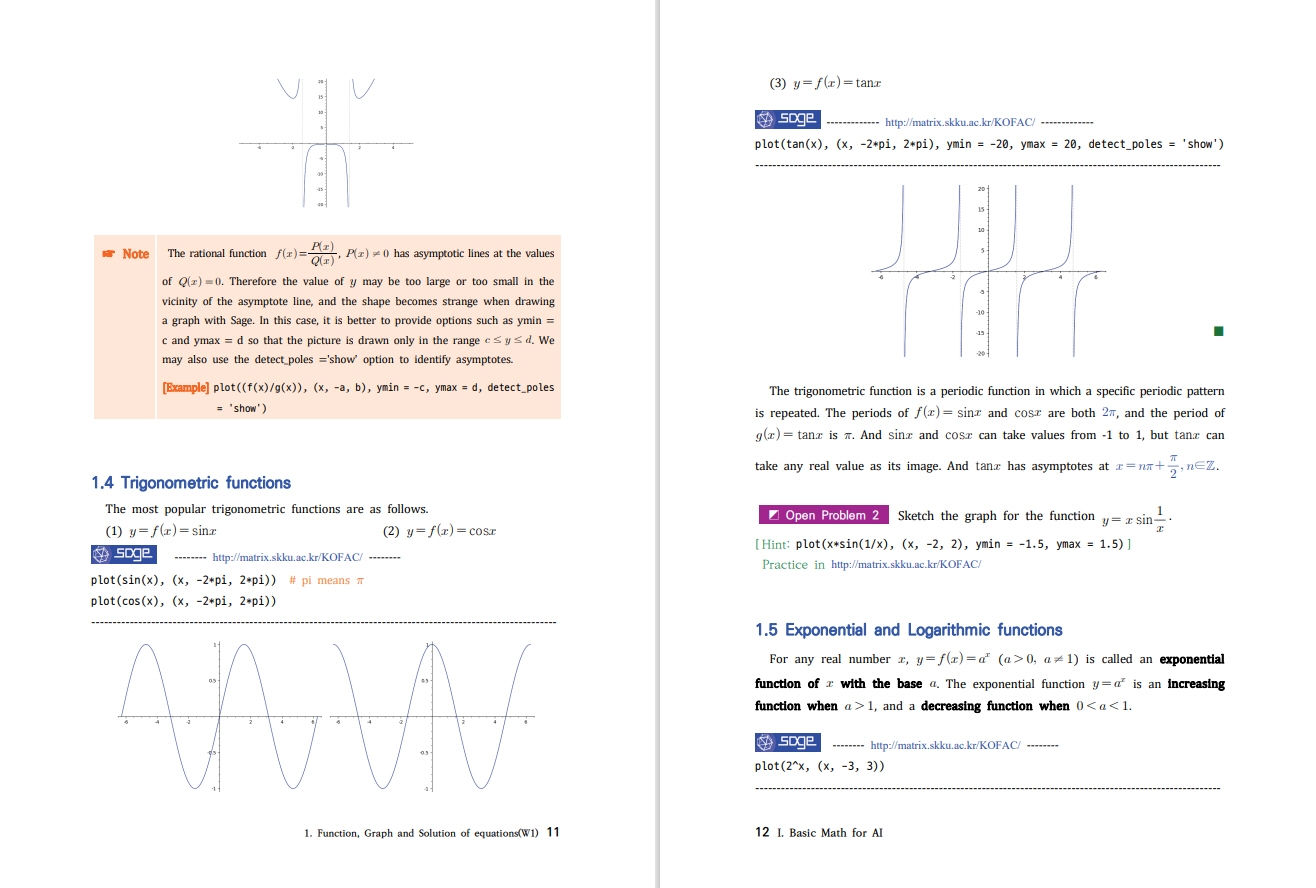Preface 1
I. Basic Math for AI 7
1. Function, Graph and Solution of Equations 8
1.1 Functions and its Graph 8
1.2 Polynomial functions 9
1.3 Rational functions 10
1.4 Trigonometric functions 11
1.5 Exponential and Logarithmic functions 12
1.6 Solution of the equation 15
II. Artificial Intelligence and Matrix 23
2. Data and Matrices 24
2.1 Ordered tuples and vectors 24
2.2 Vector operations 25
2.3 Matrices and Tensors 27
2.4 Matrix Operations 28
2.5 Rules for Matrix Operations 29
3. Classification of Data 39
3.1 Data Similarity 39
3.2 Distance 40
3.3 Norm 41
3.4 Similarity Measure using Norm 43
3.5 Comparison of Data using Angle 44
3.6 Cosine Similarity 44
3.7 Inner product 45
3.8 Angle between two vectors 46
3.9 Computing cosine similarity 46
4. Solution Sets for System of Linear Equations 50
4.1 System of linear equations 50
4.2 Augmented matrices 52
4.3 Gauss-Jordan elimination 54
4.4 Solution Set for System of Linear Equations 57
5. Orthogonal Projection and Least Squares Problem 61
5.1 Least Squares Problem 61
5.2 Meaning of the least-squares problem 62
5.3 Projection and least-squares solution 63
5.4 Finding a suitable curve for data (Curve Fitting) 66
6. Matrix decompositions (LU, QR, SVD) 69
6.1 LU decomposition 69
6.2 QR decomposition 71
6.3 SVD(Singular Value Decomposition) 75
III. AI and Optimal solution (Calculus) 83
7. Limits of Functions 84
7.1. Limits of Functions 84
7.2. Derivative and Differentiation 92
8. Local Maximum and Minimum, Absolute Maximum and Minimum 98
8.1. Applications of Derivatives 98
8.2. Applications of the second derivative 100
8.3. Local Maximum and Minimum, Absolute Maximum and Minimum 103
9. Gradient descent method 107
9.1. Gradient Descent Method 107
9.2. Application of the Gradient Descent Method 113
IV. AI and Statistics 121
10. Permutation, combination, probability, random variable,probability distribution, Bayes' theorem 122
10.1 Permutations and combinations 122
10.2 Probability 125
10.3 Conditional probability 129
10.4 Bayes' theorem 131
10.5. Random variables 133
10.6 Discrete probability distributions 134
10.7 Continuous probability distributions 135
11. Expectation, variance, covariance, correlation coefficient, covariance matrix 137
11.1 Expectation, variance, standard deviation 137
11.2 Joint probability distribution 140
11.3 Covariance, correlation coefficient 144
11.4 Covariance matrix 145
V. PCA and ANN 149
12. Principal Component Analysis 150
12.1 Dimension reduction 150
12.2 Principal Component Analysis (PCA) 151
12.3 How to Compute principal component 153
12.4 Examples of PCA 156
12.5 PCA and Covariance matrix 160
12.6 PCA and Linear Regression 162
13. Artificial Neural Network 164
13.1 Artificial Neural Network 164
13.2 How artificial neural network works 166
13.3 How the neural network study 170
13.4 Backpropagation (BP) 171
14. Hand Writing Numbers detection using ANN on MNIST Dataset 178
14.1 Hand Writing Numbers detection using ANN 178
VI. References and Appendix 191
A1. References 192
A2. Appendix 193
Final PBL Report [Week 14] [TakeHome/OpenBook Exam] PBL report Form (Download): 193
Web resources 193 Index 195


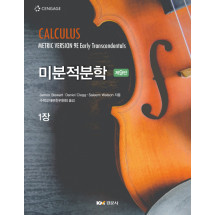

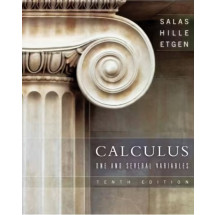

![[BuiLearn code] 대학미분적분학, 제4판](https://kyungmoon.com/data/item/1741752716/thumb-S210_64yA7ZWZ66467aE7KCB67aE7ZWZ7KCc47YyQCalculusconceptsContexts4thStewart7JuQ6rSR64yA_7ZGc7KeA_215x215.jpg)
